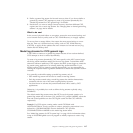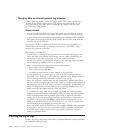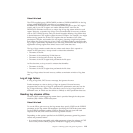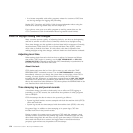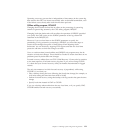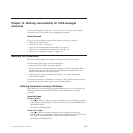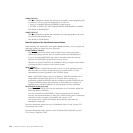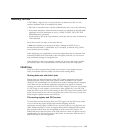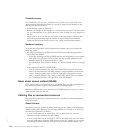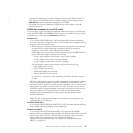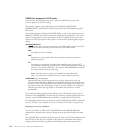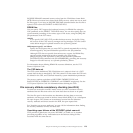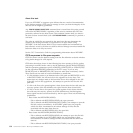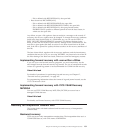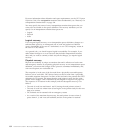
Recovery for files
A CICS file is a logical view of a physical data set, defined to CICS in a file
resource definition with an 8-character file name.
A CICS file is associated with a VSAM or BDAM data set by one of the following:
v By dynamic allocation, where the data set name is predefined on the DSNAME
parameter in the file definition (or set by a CEMT, or EXEC CICS, SET FILE
DSNAME(name) command)
v By allocation by JES at job step initiation, where the data set name is defined on
a DD statement
More than one file can refer to the same data set.
A data set is defined to be the physical object residing on DASD. It has a
44-character DSNAME. A VSAM data set, for example, is defined using VSAM
access method services (AMS).
When designing your applications, ensure that application data is protected from
transaction failures that could lead to data corruption, and that you can recover
from accidental damage to storage devices.
When deciding on the access method, consider the recovery and restart facilities
provided by each. These considerations are discussed in the following topics.
VSAM files
CICS file control supports three VSAM access modes—local shared resources
(LSR), non-shared resources (NSR), and record-level sharing (RLS).
Sharing data sets with batch jobs
Sharing data sets directly between online CICS update transactions and batch
update programs using VSAM share options (where available) or job control
sharing is not recommended for non-RLS access modes. Sharing risks the integrity
of the data with the result that application programs may appear to function
correctly, but with incorrect data. Such loss of data integrity can occur, for example,
if a CICS unit of work updates a record that is later updated by a non-CICS job
while the CICS unit of work is still running. If the CICS unit of work abends, CICS
backs out the record to the value it had at the start of the CICS unit of work, thus
destroying the update from the non-CICS job.
File-owning regions and RLS access
To share data sets between more than one CICS region, use the RLS access mode
or use a file-owning region (FOR) with function shipping from the
application-owning regions (AORs). From a recovery point of view, RLS does not
create distributed units of work, as happens between the AOR and FOR, because
files accessed in RLS mode are all regarded as local to each CICS region. The
SMSVSAM server takes the place of the FOR. However, there are special recovery
considerations for data sets accessed in RLS mode, in connection with the role of
SMSVSAM and its lock management.
Chapter 12. Defining recoverability for CICS-managed resources 125



